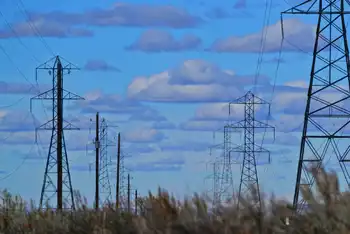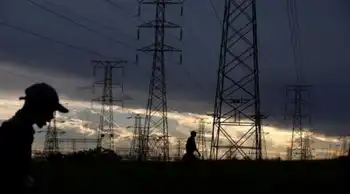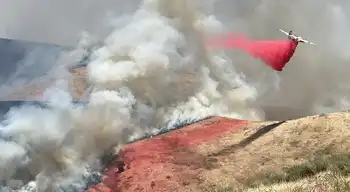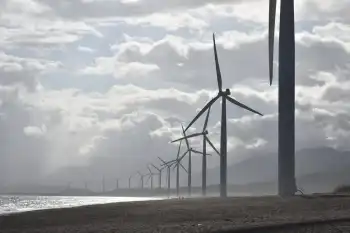Former nuclear safety chief quits
By Toronto Star
Arc Flash Training CSA Z462 - Electrical Safety Essentials
Our customized live online or in‑person group training can be delivered to your staff at your location.

- Live Online
- 6 hours Instructor-led
- Group Training Available
Keen wrote a letter to Prime Minister Stephen Harper, saying the move to demote her last year puts her and the agency in an "untenable position."
"I believe that actually sitting and making regulatory decisions, as a demoted commission member when the government questions my competence and claims to have lost confidence in me, and with my legal case pending against the Attorney General of Canada, would be inappropriate," she wrote in the letter she released this morning, "It really wasn't a real job," Keen said, in an interview.
Any party – industry, non-governmental organizations, or the government – would be able to challenge any decision she would have been involved in, leading to all kinds of uncertainty for investors, communities and employees that rely on jobs in the nuclear or regulated mining industries, she said.
In the 24 hours since the letter was hand-delivered to the Prime Minister's Office, Keen said, she got no response.
The Conservative government removed Keen late last year after the nuclear reactor that produces vital medical isotopes for Canada and the world was shut down for 27 days in late November.
The government kept her on as a full-time commission member, although there was no such position, only part-time ones, prior to her demotion. There was no job description for the job that kept her on at her old salary as president and CEO, despite her requests for one, she said.
Keen, who has been using up leave while she pursued a lawsuit to be reinstated, claims to still want to return to her old job.
But she said the timing of her move to step aside now, coming in the third week of a federal election campaign, was "completely coincidental."
"I said I was apolitical in December, and I'm apolitical now."
Through her lawyers, she learned her court case is not due to be heard by Federal Court until early 2009, her earned leave credits are almost up, and faced with returning to sit on panels, she didn't believe she could properly function.
"It really had nothing to do with the federal campaign; my leave credits are finished," she told the Star.
She added her case "has always been a public case since the prime minister named me in the House as a Liberal partisan" and the letter removing her from the top job was leaked.
But she said, "I really don't have a choice. Any decision I made could be open to challenge."
Keen intends to continue her own legal challenge of the government's decision, and seek to be reinstated as commission head on "principle."
"I believe administrative tribunals are meant to be independent. Safety regulators should be able to make decisions and not be overturned by the government. I believe somebody has to stand up, on behalf of the other 26 administrative tribunals. If it isn't me, who's next?"
Keen said she is still somewhat "in shock," over Harper's "unprecedented" removal of her as commission president, but received "hundreds and hundreds" of supportive emails and letters from across the country, including from mayors of communities whose industries are regulated by the commission.











